Dinking Like A Pro: 10 Simple Tips To Elevate Your Pickleball Game
Introduction
Pickleball is a sport that combines elements of tennis, badminton, and table tennis, played on a smaller court with a solid paddle and a wiffle ball. Among the various techniques used in pickleball, “dinking” is one of the most crucial and effective strategies. Dinking involves hitting soft shots over the net, close to the kitchen (non-volley zone1[The non-volley zone is the court area within 7 feet on both sides of the net 2. Volleying is prohibited within the non-volley zone. This rule prevents players from executing smashes from a position within the zone 3.]), aiming to keep the ball low and in play. Mastering the art of dinking can give you a significant advantage on the court and help you outsmart your opponents. In this article, we will explore ten simple tips to elevate your dinking game and become a more proficient pickleball player.
1. Master the Paddle Angle
The key to a successful dink is controlling the angle of your paddle. Hold your paddle in a neutral position, perpendicular to the ground, and slightly open the face of the paddle to create a gentle angle. This angle will allow you to impart enough backspin on the ball, keeping it low and difficult for your opponent to attack.
2. Focus on Soft Hands
Dinking requires touch and finesse rather than power. Maintain relaxed and soft hands while executing the shot. Avoid gripping the paddle too tightly, as it may lead to harder shots that are easier for your opponents to handle. The goal is to create a soft, gentle contact with the ball.
3. Short and Smooth Swing
Keep your dinking swing short and smooth. A long swing can lead to errors and make it challenging to control the shot. Practice compact and controlled swings to ensure consistent and accurate dinks.
4. Aim for the Corners
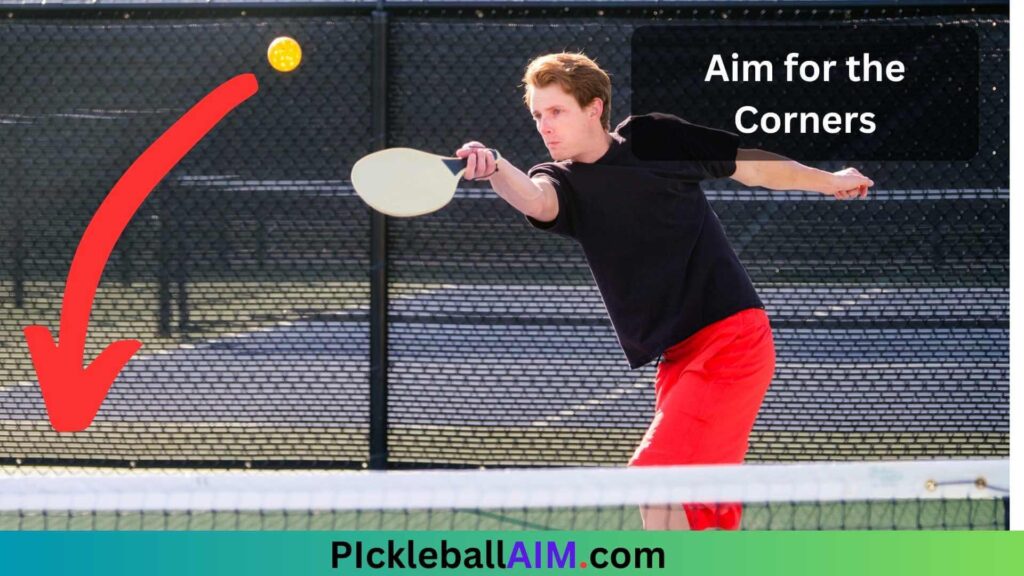
While dinking, strategically placing the ball in the corners of your opponent’s court can significantly increase your chances of gaining an advantage. Aim to hit the ball close to the sidelines, making it difficult for your opponent to retrieve the shot. By targeting the corners, you limit their angle of return, reducing their ability to counter-attack effectively and potentially forcing them into making errors.
Tips for Corner Placement:
- Practice accuracy in your shots to consistently hit the corners.
- Observe your opponent’s court positioning to identify the open corners.
- Develop the ability to disguise your shot direction, keeping your opponent guessing.
5. Vary the Pace and Placement
Adding variation to your dink shots is a critical element of deception and control in pickleball. Mix up the pace and placement of your shots to keep your opponents off balance. Alternate between soft, floating dinks and slightly faster-paced ones to prevent your opponents from anticipating your shots.
Benefits of Varying Pace and Placement:
- Disrupts your opponent’s rhythm and timing.
- Creates uncertainty and forces your opponent to adjust their positioning.
- Opens up opportunities for setting up more aggressive shots.
6. Use the Windshield Wiper Technique
The windshield wiper technique is a valuable skill to enhance the control and spin on your dink shots. To execute this technique, angle the face of your paddle slightly downward, and then sweep it in an arc-like motion as you make contact with the ball. The spin generated by this motion helps to keep the ball low and controlled over the net.
Advantages of the Windshield Wiper Technique:
- Provides more options for shot placement due to increased spin.
- Allows for greater control and accuracy in dinking exchanges.
- Confuses opponents with varying ball trajectories.
7. Stay Relatively Close to the Net

Positioning yourself appropriately on the court is crucial for successful dinking. Stand relatively close to the net, just a step or two behind the kitchen line. Being closer to the net allows you to handle low balls better and react quickly to your opponent’s shots.
Importance of Net Proximity:
- Facilitates quicker reaction time, especially for fast-paced dinking exchanges.
- Increases your ability to cover more of the net area, making it difficult for opponents to pass you.
8. Watch Your Opponent’s Paddle
Observing your opponent’s paddle during dinking rallies can provide valuable insights into their intended shots and strategies. Pay attention to their paddle position, angle, and movement to anticipate their next move and react accordingly.
Keys to Reading Your Opponent’s Paddle:
- Stay focused on their paddle while maintaining awareness of their court positioning.
- Look for patterns in their dink shots to predict their tendencies.
9. Practice with a Partner
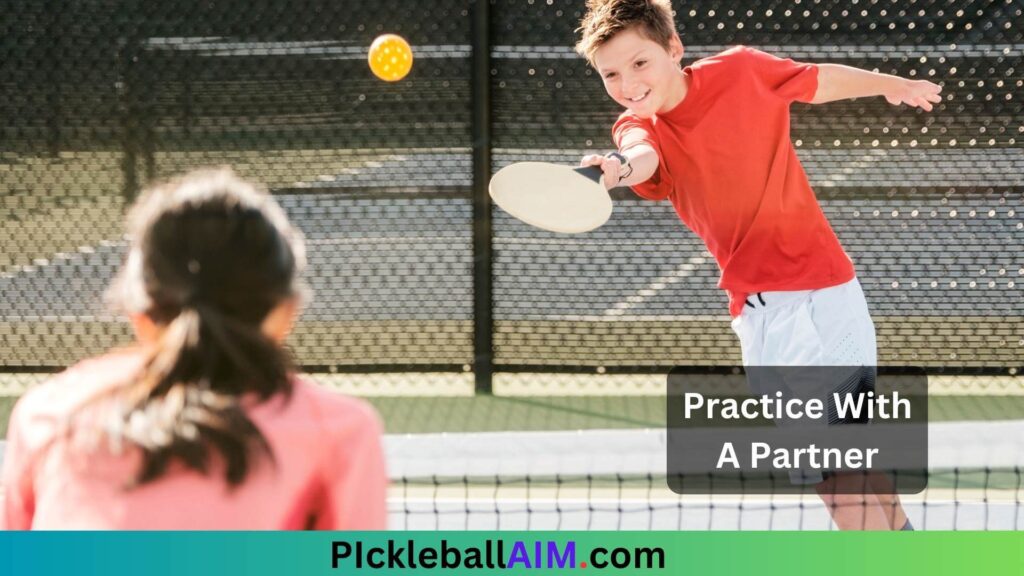
Dinking drills and practice games with a partner are instrumental in refining your dinking skills. Practicing with a partner allows you to simulate game situations, improve shot accuracy, and receive immediate feedback on your dinks.
Effective Dinking Drills with a Partner:
- Cross-court dinking rallies to practice shot placement and control.
- Dinking games that encourage strategizing and shot variation.
10. Maintain Patience and Composure
Dinking rallies can be mentally demanding, requiring patience and composure. Avoid rushing or forcing shots in frustration, as this can lead to errors. Instead, stay composed and wait for the right opportunity to attack or capitalize on your opponent’s mistakes.
Maintaining Composure in Dinking Rallies:
- Stay focused on executing your shots with control and precision.
- Keep a positive mindset and trust in your dinking skills.
Conclusion
Dinking is a fundamental and skillful technique in pickleball that can significantly influence the outcome of your matches. By mastering the paddle angle, focusing on soft hands, and developing a short and smooth swing, you lay the groundwork for effective dinking. Additionally, aiming for the corners, varying the pace and placement of your shots, and using the windshield wiper technique will add depth and versatility to your dinking game.
Maintaining a close position to the net, watching your opponent’s paddle, and practicing with a partner further elevate your dinking skills. Lastly, staying patient and composed during dinking rallies will enable you to control the pace and dictate the flow of the game.
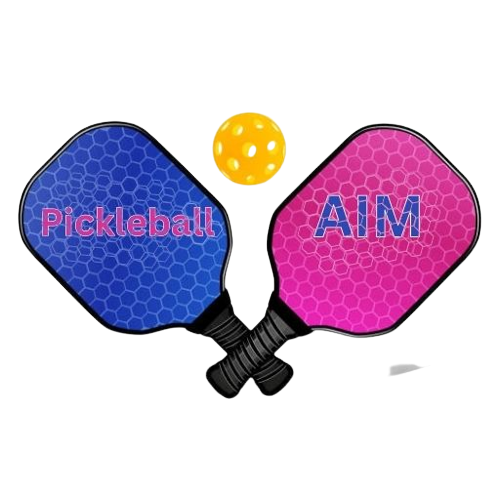
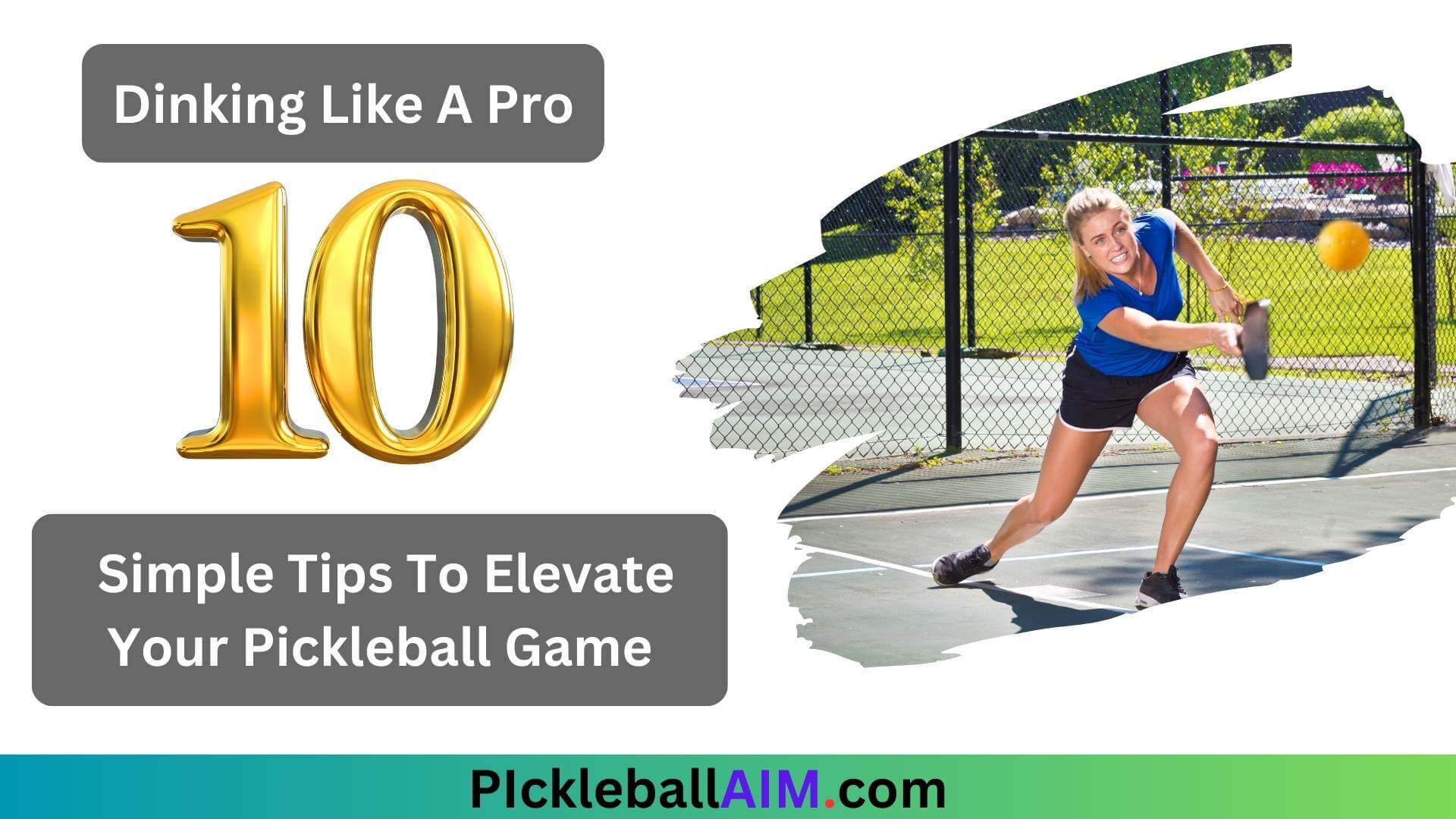
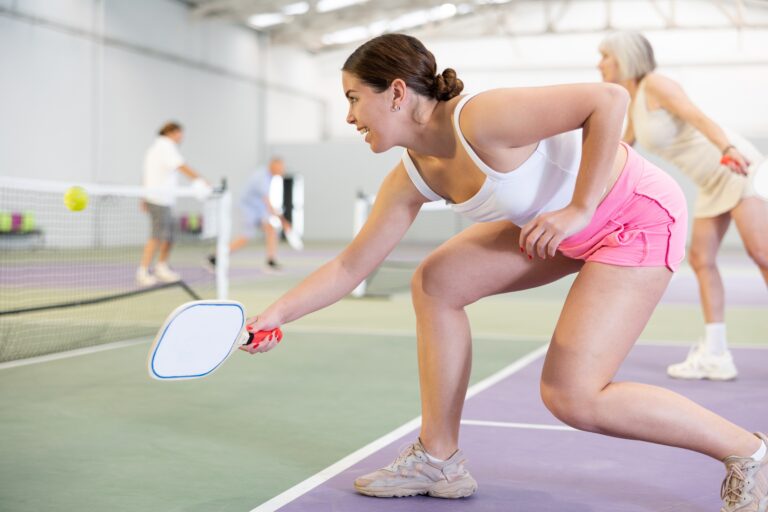
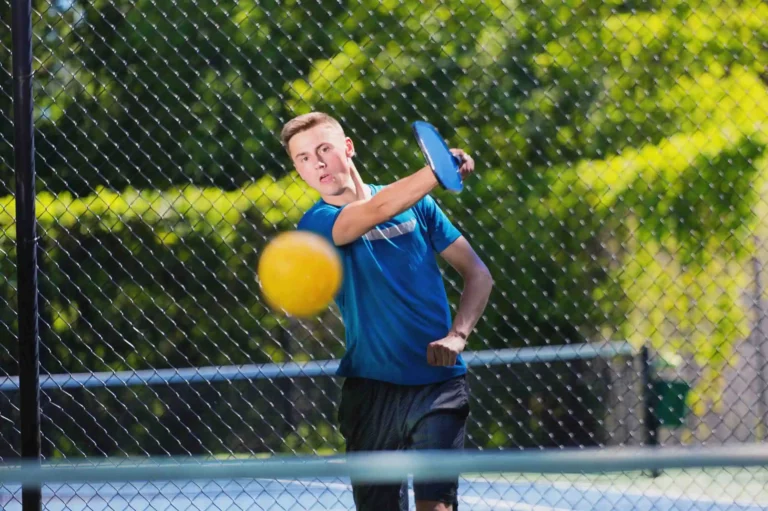

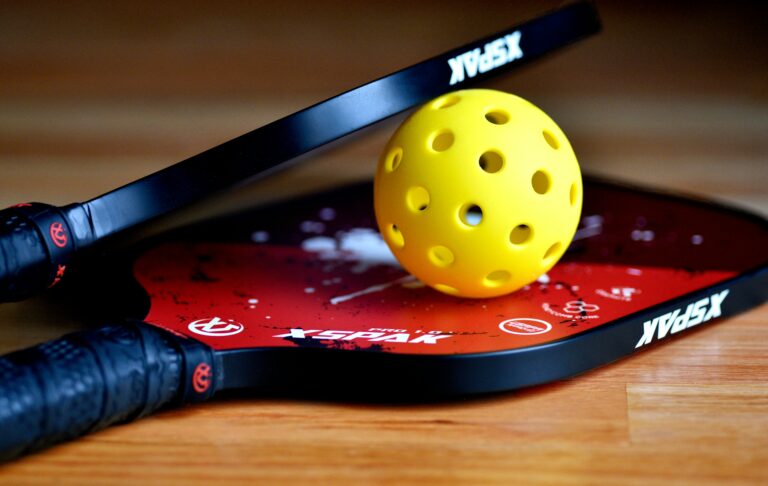
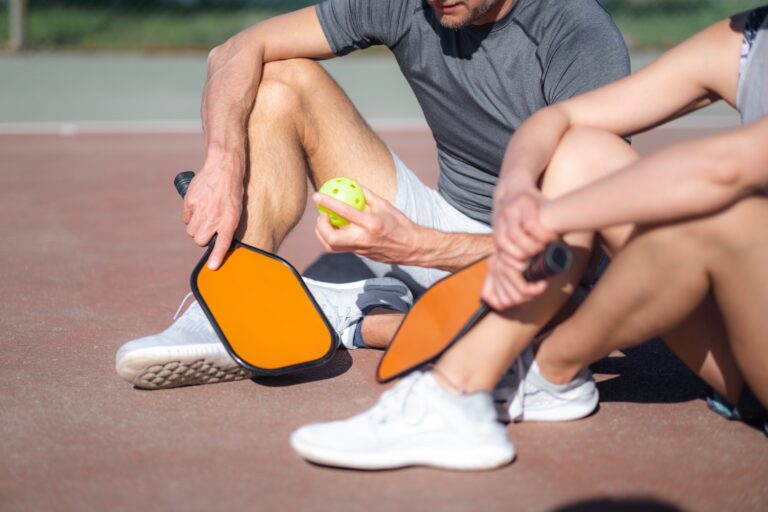
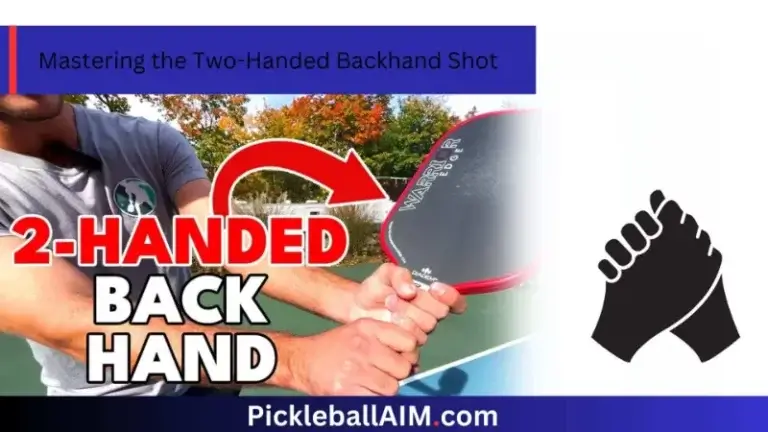
One Comment